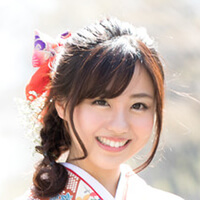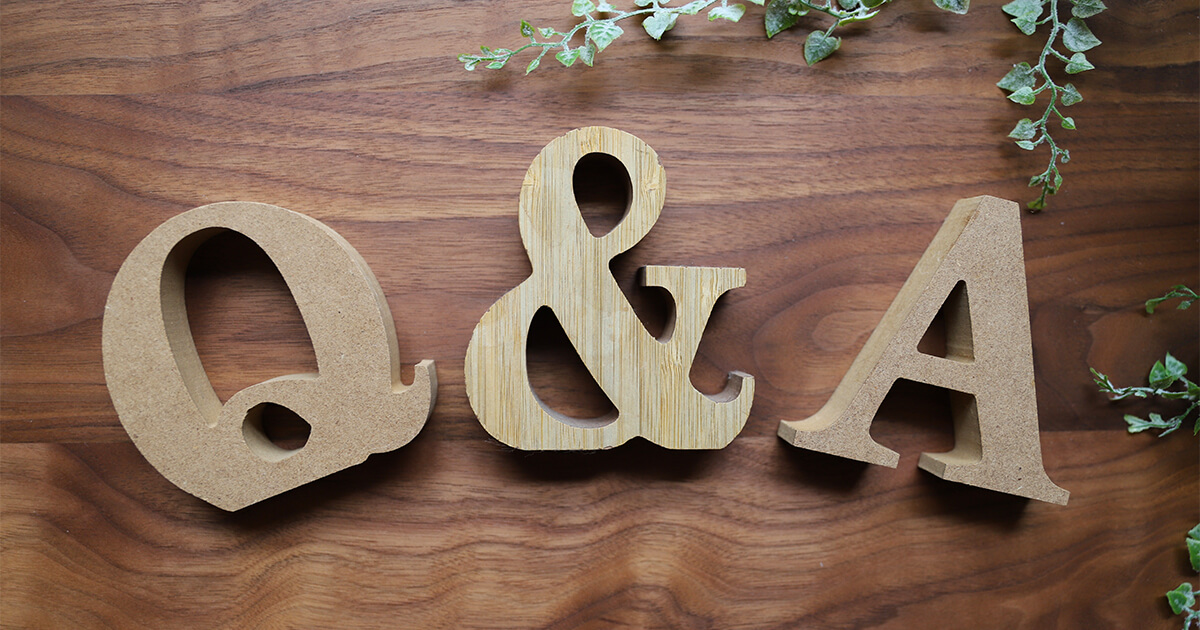How do you say “Best regards” in Japanese? This article summarizes some questions concerning Best regards.
What should I write in Japanese for “Best regards” at the end of an email?

どうぞよろしくお願(ねが)いします。 Doozo yoroshiku onegaishimasu.
どうぞよろしくお願(ねが)い致(いた)します。 Doozo yoroshiku onegai itashimasu.
The above two expressions should be appropriate for all kinds of email. Both are polite expressions and the latter is even more polite because humble form (kenjoogo) is used. This expression is suitable for business and formal emails.
When I checked what’s “Best regards” in Japanese at an online dictionary, it gave me “敬具(けいぐ) keigu” and “かしこ kashiko”. I wrote “敬具(けいぐ) keigu” at the end of my email and sent it to my Japanese friend. Is this wrong?

It is not wrong to use “keigu” or “kashiko” for “best regards” in a translation. However, we do not use this expression in emails. “Keigu” and “kashiko” are expressions usually used at the end of letters. Because email communication is more common than letters, these expressions are rarely used or seen nowadays. The young Japanese generation may not even know of these expressions. You can try using them when you are writing letters next time. It will make your letters more refined.
A Japanese high school student came and stayed with us for a home stay programme. After three weeks of stay, I want to say “Please send my best regards to your parents” to him at the last day. How do I say it in Japanese?

ご両親(りょうしん)によろしく。 Goryooshin ni yoroshiku.
ご両親(りょうしん)によろしく言(い)ってください。 Goryooshin ni yoroshiku ittekudasai.
ご両親(りょうしん)によろしくお伝(つた)えください。 Goryooshin ni yoroshiku otsutaekudasai.
くれぐれもご両親(りょうしん)によろしくお伝(つた)えください。 Kureguremo goryooshin ni yoroshiku otsutaekudasai.
I hope you’ve enjoyed being a host family. How was the experience? Did you become like a real family or was the relationship just cordial?
In Japanese, the way of conveying regards changes according to your relationship. On the other hand, even if you have grown closer to one another and usually speak in casual speech, you will have to use formal speech in formal occasions.
The first expression is the most casual. When the expression gets longer, it becomes more polite and formal. The first expression can be used to show a close relationship with that high school student. It shows your concern and love toward the high school student.
The last expression shows a deep respect for the boy’s parents. It shows your appreciation to his parents for having entrusted the care of their child to you during his three weeks overseas stay.
All are appropriate phrases to use at the end of the home stay. “Kureguremo” is an adverb often used together with the expression. It is quite difficult to translate directly into English but using it together with the above conveys your sincere feelings and wishes much better.
“Best regards” is often used when writing emails and I’m sure you have lots of opportunities to use the Japanese equivalent. Do try it out, starting from today!



